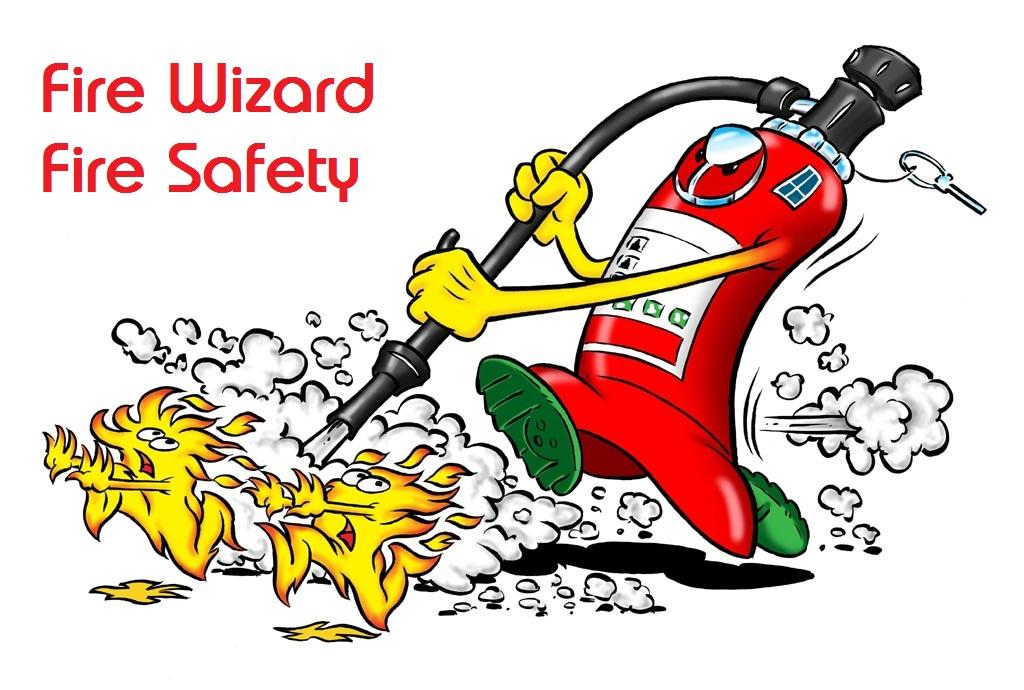-
Posts
2,707 -
Joined
-
Last visited
Everything posted by AnthonyB
-
I'd be minded to upgrade the door and detection as it's directly onto a stair in a sleeping risk building - I wouldn't want to risk a vertical escape route. If it had only been onto a horizontal escape there may have been the possibility of adding detection only initially if it was modern boiler equipment that could accept smoke detection without false alarm risk and upgrading the door set later. Of course both is best as it's difficult to excuse only a single room upgrade as it should hardly be a capital expenditure.
-
From the description I'd need to see it to judge. If the flats are on the rear and have separate entrances it doesn't automatically require a full system but without seeing it couldn't be sure
-
For many years a compliant installation would have had an EL fitting outside each final fire exit and to external stairs, but the 2017 update to the standards now includes cover to the external route to a place of ultimate safety. It's not automatically retrospective, but Fire Risk Assessments need to judge if the risk by not updating is tolerable or not- some places will need it, others not.
-
Is this on an ancillary accommodation level along with other plant, store rooms, staff rooms, etc or on a floor with bedrooms? This would influence whether you need to both upgrade the original notional fire door and add detection, although being on an escape route and in sleeping risk premises there is a leaning towards doing both.
-
They could have installed this manufacturers detectors with a 10 year rechargable lithium batteries. You've checked the circuit breaker for these in your consumer unit? Sound like they have been running on battery only recently
-
Usually the leaseholder, but you need to check your actual lease. Where a leaseholder refuses to act then the local authority can take legal action against them under the Housing Act 2004. If the door is an original fire door (not current spec) and still in good repair then depending on the size of block and risk it may only require a modern self closer - one group of tenants were able to win a civil case against the freeholder who replaced all the doors with current FD30S doors beyond the terms of the lease - the original doors were not properly checked, were actually still in original good repair and didn't need a full immediate upgrade for the type of block.
-
Or worse an electromechanical lock which would not be permitted on escape routes where it relies on the release of the electrical keep as they are known to jam under pressure. They are only suitable where from the inside the latch can be withdrawn without the keep release by the form of mechanical means such as a thumb turn.
-
Simultaneous evacuation is a last resort in purpose built housing and is only to be used where a building has insufficient compartmentation to support stay put and it is not viable to upgrade it.. For evacuation the common fire alarm system must extend into the flats with a minimum of a heat detector to the hallway with an alarm sounder so that the fire is discovered before it breaks into the common areas preventing escape and so that 85dB sound pressure is present outside the bedroom door so as to wake sleeping occupiers. In very poorly constructed premises the system would need to be even more comprehensive. Your premises sounds like it was built for stay put but you've had an unnecessary alarm system stuck in - I would ask to see the Fire Risk Assessment for the block.
-
A Grade D system has no maintenance regime beyond weekly testing and following manufacturer's instructions (which is usually 6 monthly vacuuming) so it's impossible to certify - the council housing officers need to brush up on the contents of BS5839-6.
-
If it's a purpose built block of flats built after 1962 and the compartmentation is still OK then a communal alarm is not usually required and can be counterproductive. If the premises have a automatic smoke control system (vents, shafts, etc) then you will need to keep the system to operate these (unless the smoke vents have their own detectors) but can remove call points and sounders. If the premises are a conversion or in poor condition some form of site wide system may be required. A competent Fire Risk Assessment should determine if you can remove the system, I've allowed this in several sites in my FRA
-
Is this a HMO, converted house or purpose built flats? First question would be does it even need the alarm (I'm guessing it's a conversion so requires the system but it's not unknown for OTT systems to be put in). If the system is required for the protection of relevant persons under the Fire Safety Order then it has to be maintained correctly so the call points and more importantly the detectors inside flats that are off the common system must be accessed for maintenance - even if you have to resort to legal action to effect entry under the lease terms. A very large apartment block in a major city that I dealt with in the past has this issue, but with domestic sprinklers - the valves for each flats system had been put inside each flat rather than a meter cupboard off the corridor so access for maintenance was difficult but the landlord/freeholder was facing prosecution if they didn't do this even if they could only get to force entry to do this via the courts (the sprinklers were also part of the communal fire strategy rather than just individual flat protection so the Fire Safety Order applied ). Even if a communal system is required it's an odd set up to have call points in the flats, as part of a FRA review I'd ask the design to be reviewed to see if the call points can be removed from the actual flats, meaning you only have to get in once a year to test the detector.
-
If the cavity barriers are suitably located and correctly constructed so a fire on the landing (unlikely anyway)cannot spread beyond the void above to threaten the adjacent flats from above then it's tolerable - the use of cavity barriers is the main protection anyway as fire rated ceilings in lieu of them are not considered good practice as they are more vulnerable
-
Then the only requirement for fire warning that covered both would be if the structural fire separation between the shop & flats is inadequate.
-
Depends on where the door is - there are various statutory situations where the vision panels must be clear, a couple for fire safety, more for health & safety & accessibility reasons.
-

Extinguisher and other symbols for village hall drawing
AnthonyB replied to a topic in Fire Risk Assessments
The attached are useful and used to be used on fire certificates - whilst there is a newer version of these symbols most brigades still used these as they were far more obvious to their meaning even without a legend: https://www.firesafe.org.uk/graphical-symbols-and-abbreviations-for-fire-protection-drawings/ -
Separate access to the accommodation or accessed via the actual shop as integral accommodation? If the latter I'd go along with your thoughts. If it's separate then there are other configurations that may suit better based on construction & layout.
-
From my experience regardless of AD B, LACORS, LGA Guide, etc residential of various flavours seems to invariably get a Part1 or Grade A system regardless of the set up! Could have been a requirement of the BCO or AI too!
-
Pre 1991 there is a larger chance the separation isn't sufficient, although regardless of age inspection is preferred to confirm. If not fire separated then regardless of whether the two areas are owned by the same or different parties there remains a legal duty to mitigate the risk to relevant persons either by installing separation or providing detection to the shop linked to sounders in the flats.
-
I've assumed that because there is a panel referred to that it's a Part 1 or Part 6 grade A system
-
Fire alarm - weekly testing using different call points in rotaton; 6 monthly service by a competent person with 100% of the system tested over a 12 month period Emergency lighting - monthly function ('flick') test of all fittings; annual duration (usually 3 hours) test of all fittings. (Don't be conned into a 1 hour part duration test at 6 months, it hasn't been required since 2004 and only wears out the lighting quicker)
-
Your work may be subject to Building Regulations and the Building Control process will cover certain aspects of fire safety. Other aspects are dealt with by carrying out a fire risk assessment. Useful links: https://www.gov.uk/building-regulations-approval https://www.gov.uk/government/publications/fire-safety-risk-assessment-sleeping-accommodation
-
Discharge? About 15 seconds. Service life? The minimum service life is 5 years at which point it's cheaper to replace it than continue it's life - most service firms will do this. In reality if Extended Serviced (discharged, stripped down, examined in an out, consumables replaced, parts cleaned, extinguisher refilled) ever 5 years a powder extinguisher can last indefinitely until it physically deteriorates (rust, dents,etc) or the parts required to maintain the extinguisher are no longer produced. Depending on the make of extinguisher this can be anything from 5 years to 25 years
-

BS7273-4 compliant interface to fire alarm panel
AnthonyB replied to perky's topic in Fire Doors and Accessories
You are better asking this question on www.firealarmengineers.com/forum -
Not normally, no.
-
There should be a permanent label with this on the actual blanket. There are so many fake blankets around that fail on usage and unless it has a BS Kitemark with a verifiable KM number I wouldn't trust it with a bargepole!

